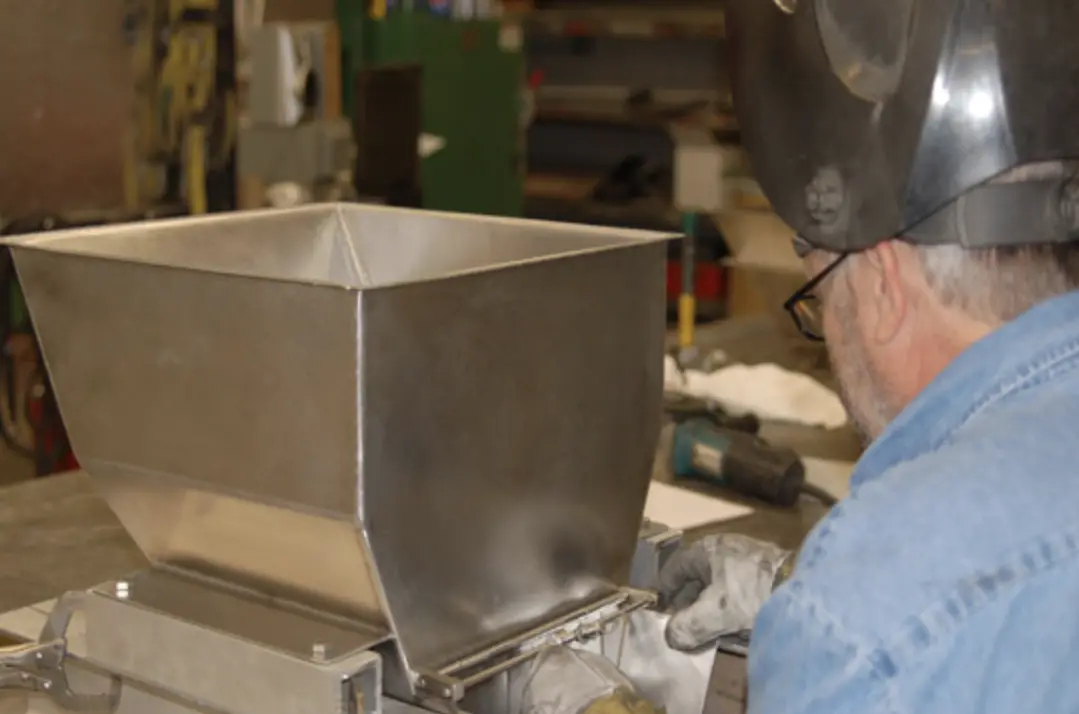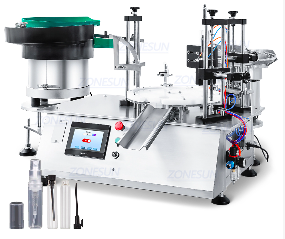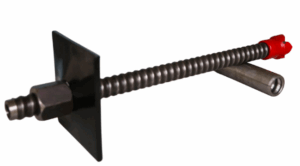CNC machining China is a kind of high-precision drill operation, that part by using computer numerical control technology software for the machine.
CNC machining is an important processing method used by many industries such as automotive manufacturing and aerospace engineering. CNC machining China can be used to produce complex parts with a variety of shapes by using computer numerical control (CNC) machines equipped with high-precision tools such as milling machines, lathes, and turning centers. CNC machining has many advantages over traditional manual methods of machining such as better productivity due to automation, lower labor costs compared with manual labor costs, etc.
Table of Contents
ToggleMaterials and tolerances of CNC machining China:
CNC machining is an additive manufacturing process that uses a computer numerical control (CNC) toolpath to remove material from a workpiece. CNC machining China is used in the aerospace industry, defense industry, medical industry, and many other industries. It can be used to create parts with complex geometries.
The materials used for CNC machining in China are usually stainless steel, aluminum alloy, titanium alloy, carbon steel, brass, and copper. There are many different types of metal alloys used for CNC machining because they offer different properties such as hardness or resistance to corrosion.
Tolerances for CNC machining China are defined as the maximum amount by which something can vary from its desired size or shape without affecting its function. The tolerance depends on the type of product being made during CNC machining. The lower tolerance means it’s more difficult to manufacture but it also means fewer defects will occur during production so it might be more expensive but worth it if you want quality products.
Guidelines for CNC machining China:
- The machining process should be carried out with the help of CNC machines.
- The raw material of CNC machining China to be used for manufacturing must be of good quality and should be checked by a professional before its use in any production.
- The product’s surface finish must be smooth and even at all points on the surface, which implies there should be no burrs or other imperfections.
- The dimensional accuracy of the product must be maintained at all points along its length, width, and height so that there are no gaps between two adjoining parts when assembled as well as between different parts of one unit individually.

Types of Manufacturing Methods of CNC Machining China:
There are many types of methods of CNC machining China, and each has its advantages and disadvantages.
The most common types of manufacturing methods include:
- Manual machining: This is the traditional method that uses tools to make products. It is generally used when there are many parts in a production line. The operator can control the machine by hand, which saves time and labor costs. However, because it is manual, there may be some errors in the process.
- Automatic machining: This method uses machines to make products automatically. It is usually applied to mass production processes that require a large number of parts to be produced at the same time.
- Manual programming: In this process, workers program their machines using hand-held computers or tablets.
- Automatic programming: This method allows computers to program themselves without any help from humans.
Process of the CNC machining China
The process of CNC machining China is not much different from that of anywhere else. It involves a few steps, which we will discuss below.
The first step will be to create the model in CAD software. This can be done manually or using a computer-aided design (CAD) program. The latter option makes it easier to create more complex models and helps reduce errors by automatically calculating measurements and creating more accurate designs.
Once the model is ready, it’s time to output it as an STL file—a format that allows 3D printers to read files they’ve been given and print them out on their printers. Next comes the actual printing process, which can take anywhere from hours to days depending on how large the model is and how fast the printer is.
After printing the model, it’s time to remove any support material left behind by the printer (if any). Then there is some post-processing work: sanding down rough edges, adding paint or decals if desired, etc. It may also need some additional tools like drills or saws because 3D printing often leaves small holes or other imperfections in models that need fixing before being used for anything else.
0




